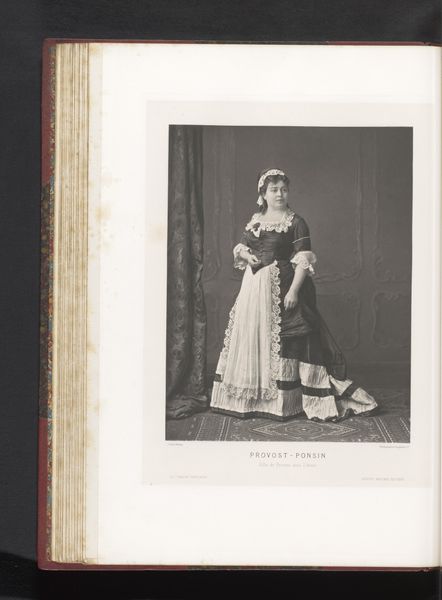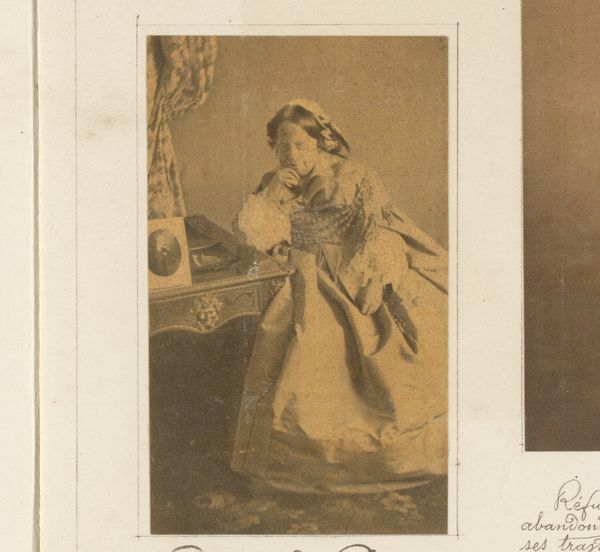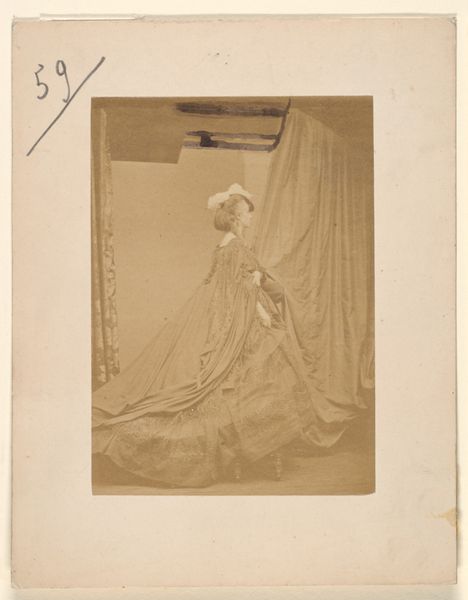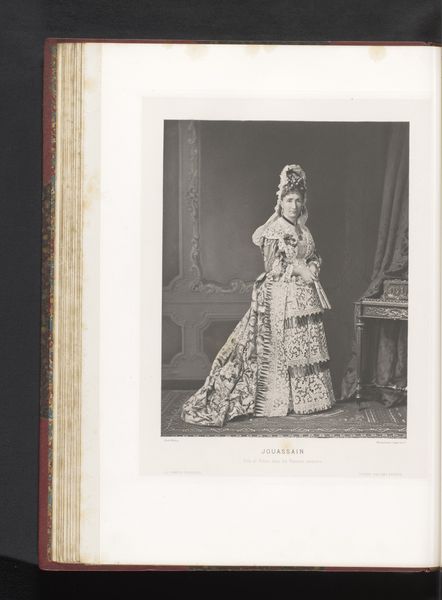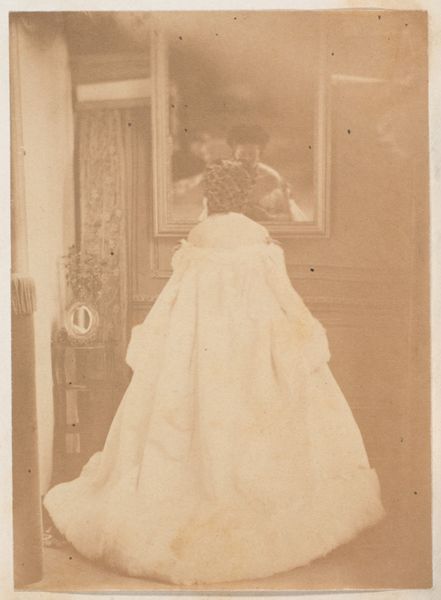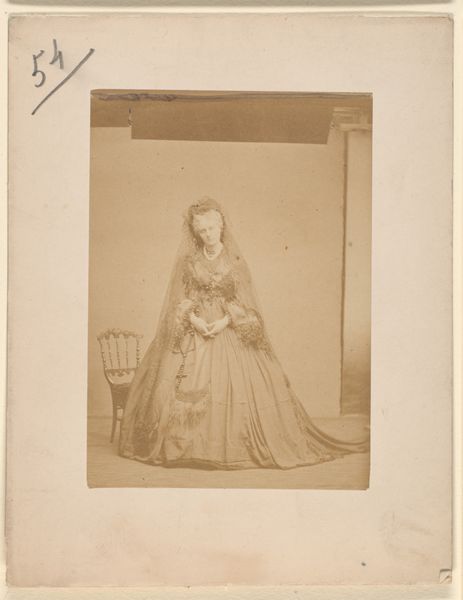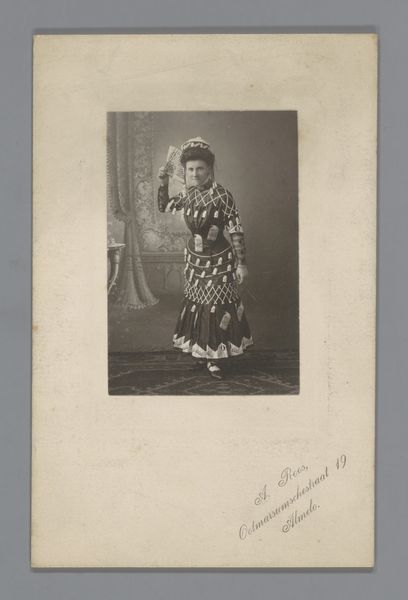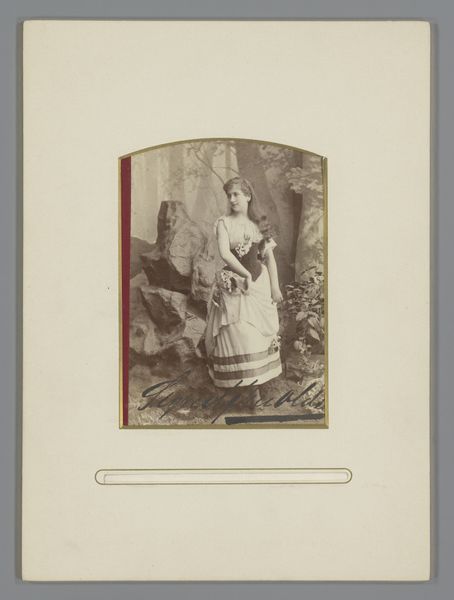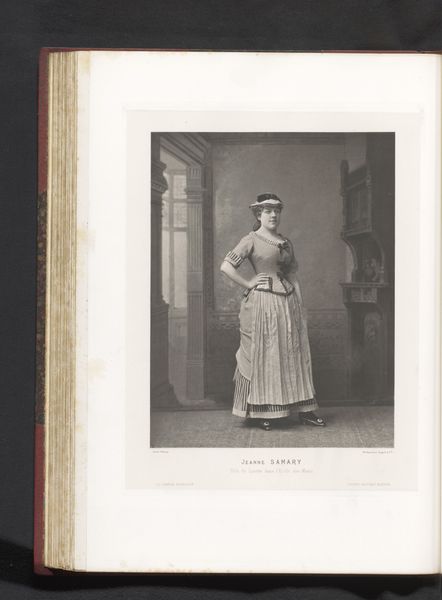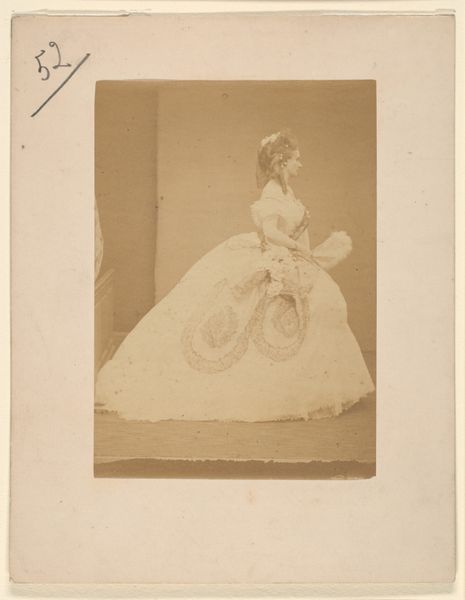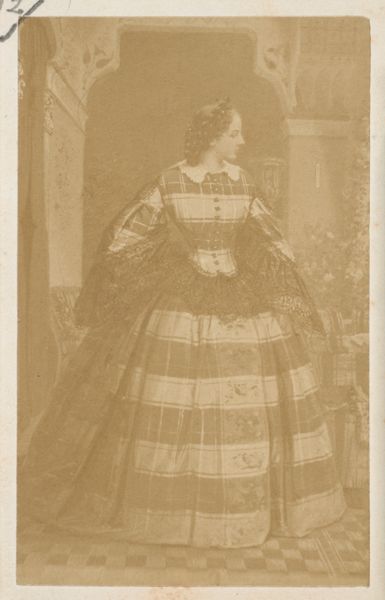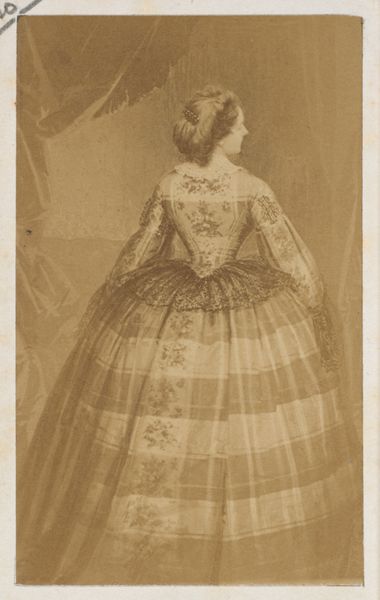
albumen-print, paper, photography, albumen-print, architecture
#
albumen-print
#
portrait
#
photo of handprinted image
#
16_19th-century
#
paper
#
photography
#
historical fashion
#
italy
#
albumen-print
#
architecture
#
realism
Copyright: Public Domain
Editor: Here we have "Florence Cathedral with Bell Tower", an albumen print by Fratelli Alinari, sometime between 1860 and 1870. I find its intimate scale surprising for such an iconic architectural subject, it makes it almost feel like a souvenir. How do you interpret this photograph? Curator: The albumen print process gives a warmth and depth to the tones that complicate any easy sense of it being a mere ‘souvenir’. I'm intrigued by how the photograph’s intimacy also speaks to issues of access and representation. Who was this image made for, and what narratives about Italian culture and history did it seek to perpetuate? The photograph actively shapes a visual and cultural understanding of Italy, doesn’t it? Editor: That's interesting! It positions the viewer, or perhaps, who the Fratelli Alinari believed would be their viewership in a particular social and economic context. Curator: Exactly. Consider how the burgeoning tourist industry catered to a specific demographic – largely upper-class Europeans and Americans on the ‘Grand Tour’. What ideologies were embedded in the presentation of Italian heritage? Editor: So, beyond its surface beauty, this image becomes a site where we can unpack those loaded gazes and the power dynamics inherent in how cultures are consumed, or maybe "commodified" is a better word? Curator: Precisely. Thinking about the relationship between the burgeoning technologies of photography and the construction of national identity is critical. Did Fratelli Alinari’s work contribute to reinforcing existing social hierarchies or perhaps challenge them in subtle ways? How are women's labor conditions implicated? These are crucial points of interrogation. Editor: I see your point. What seemed like a simple picture actually reveals so much about the period's social and economic structures. I’ll definitely consider the "gaze" much more actively now when encountering similar photographic artworks! Curator: Wonderful! It is important to ask difficult questions of things that are seen and thought to be "normal" or "standard."
Comments
stadelmuseum about 2 years ago
⋮
Along with Venice, Rome, and Naples, Florence also made a name for itself as an important centre for photographyin Italy. It was there that Leopoldo Alinari, who had trained as an engraver, set up his own business in 1852. Two years later his brothers Romualdo and Giuseppe founded a photo studio. In addition to portraits, the Alinari offered views of the city’s famous monuments which they sold primarily to tourists. In 1859, they came to international fame with reproductions of drawings by Raphael in photographs of “high artistic value”, as the Photographisches Journal reported. From that time forward, photographic reproductions of artworks, for example from the Uffizi, were a permanent feature of the family company’s product range. Still in existence today, the Alinari Archive is a unique document of Italian art and architecture.
Join the conversation
Join millions of artists and users on Artera today and experience the ultimate creative platform.
